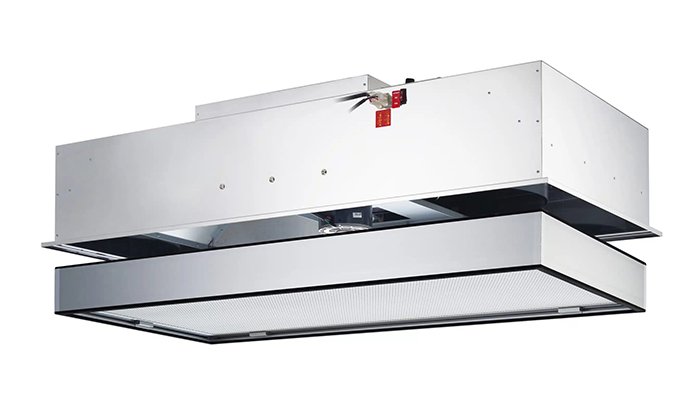The Power and Prowess of the Fan Filter Unit
Venturing into the realm of air cleanliness solutions, the "fan filter unit" is an indispensable asset. The fan filter unit is a self-contained appliance comprising a fan, motor, and filtration module. It is designed to provide recirculated, ultra clean air for critical applications in various spaces like cleanrooms, laboratories, and other areas requiring high levels of cleanliness.
As we delve into its specification, it's worth noting that fan filter units come in various dimensions to fit different applications. A typical fan filter unit measures 2x4 feet or 600x1200mm, but there is also an option for a smaller unit, commonly known as a mini-pleat fan filter unit, at 2x2 feet or 300×600mm. Such diverse size availability ensures effective integration to suit different ceiling grid systems in an array of settings, catering to varied needs based on spatial constraints.
The fan filter unit’s varied dimensions lend it a versatile appeal as it can be customized to the gridding formation of any cleanroom environment. Depending on its size, a fan filter unit can offer impressive airflow rates ranging from 600-800 cubic feet per minute (CFM) with adjustable speed control options for flexibility in maintaining desirable cleanroom conditions.
Moving on to the next specification, the core of a fan filter unit is the media – the filter. The filter media most commonly used in fan filter units is either a HEPA (High-Efficiency Particulate Air) filter or ULPA (Ultra Low Penetration Air) filter, ensuring high efficiency in particle trapping. The HEPA filter can trap 99.97% of particles 0.3 microns in size, while the ULPA filter provides 99.999% effectiveness for particles as small as 0.12 microns. Also, the filter’s efficiency does not degrade until the filter is nearly full, ensuring sustained air cleanliness.

The design of the gasket plays a critical role in preventing air bypass. Most fan filter units incorporate a gel-sealed design with knife edge seal, ensuring an airtight interface between the filter and the holding frame. This knife edge-gel seal design is instrumental in preventing any leakage or bypass, thus maintaining an unpolluted path for air delivery.
Driving the entire unit is the fan motor assembly, which is equipped with either AC (alternating current) or EC (electronically commutated) technology. EC fan filter units come with an integrated motor and controller, translating to power savings and lesser noise, while AC units are more traditional but can handle high static pressure conditions.
Controls are another aspect that adds to the efficiency of a fan filter unit. Most units come with variable speed control for optimizing air delivery based on specific demands and come with rs485 communication control for easy integration into building automation systems.
Last but not least, certain regulations govern fan filter units. In the US, the Institute of Environmental Sciences and Technology (IEST) regulation IEST-RP-CC-002.2 specifies stringent performance criteria for fan filter units. Noteworthy are the tests concerning airflow uniformity, noise, and vibration, which ensure the product's performance, safety, and reliability.
A fan filter unit is an intricate blend of robust design, high-grade filter media, foolproof gasketing, and competent fans, all working in harmony to offer you the finest air quality. Understanding the specific characteristics of the fan filter unit inspires trust in its design and applications and will enable you to select the right unit.


